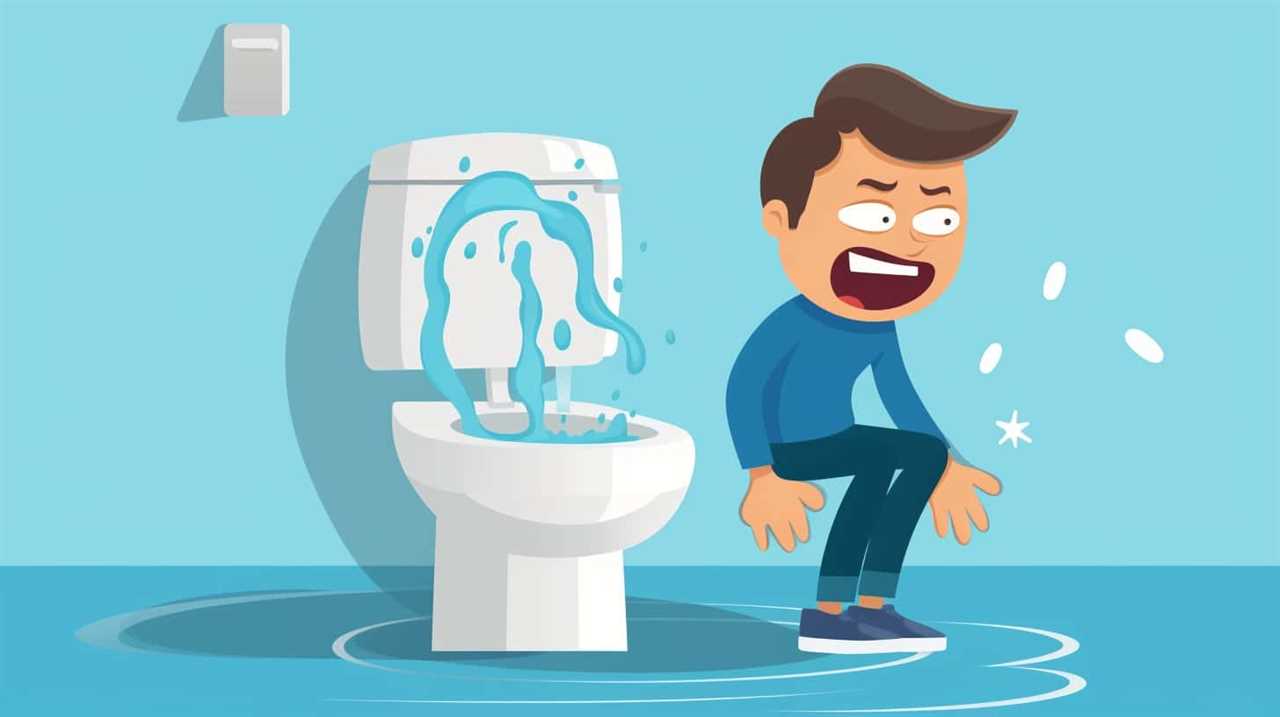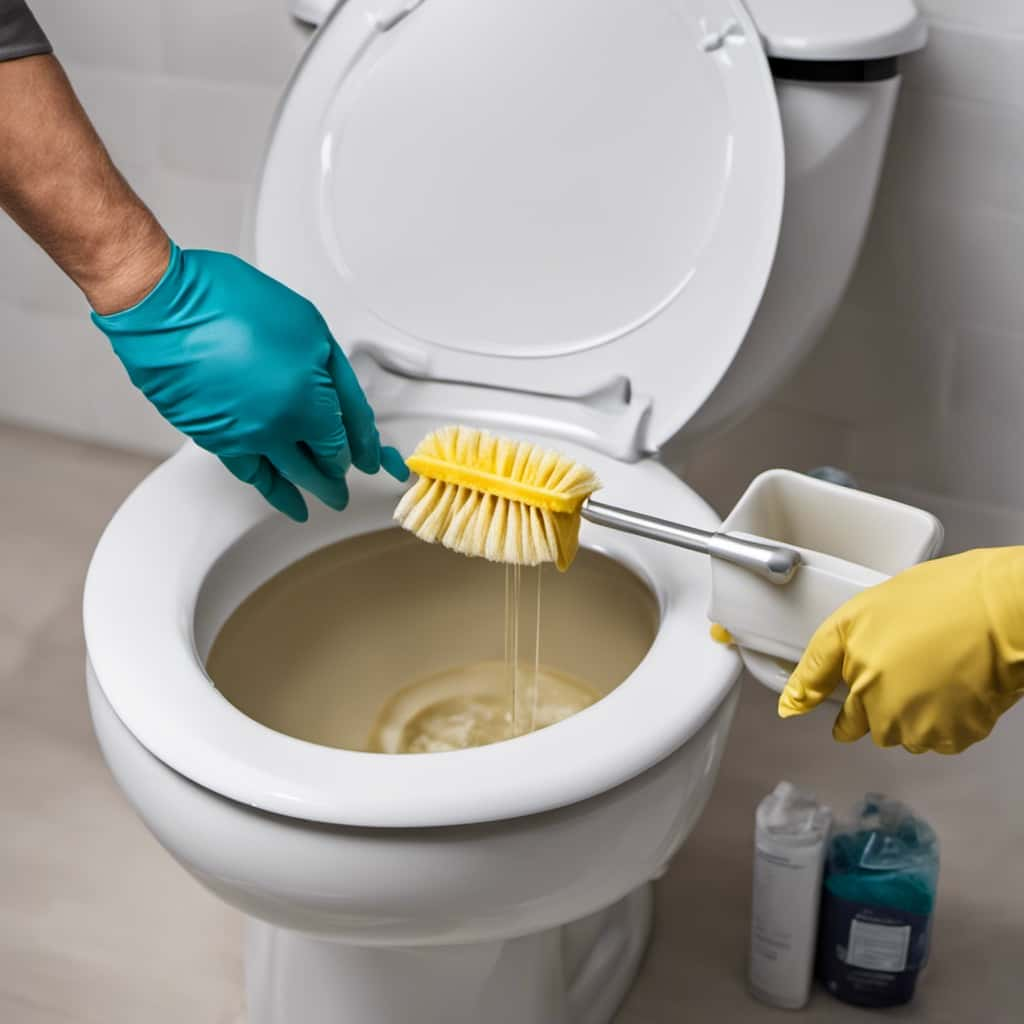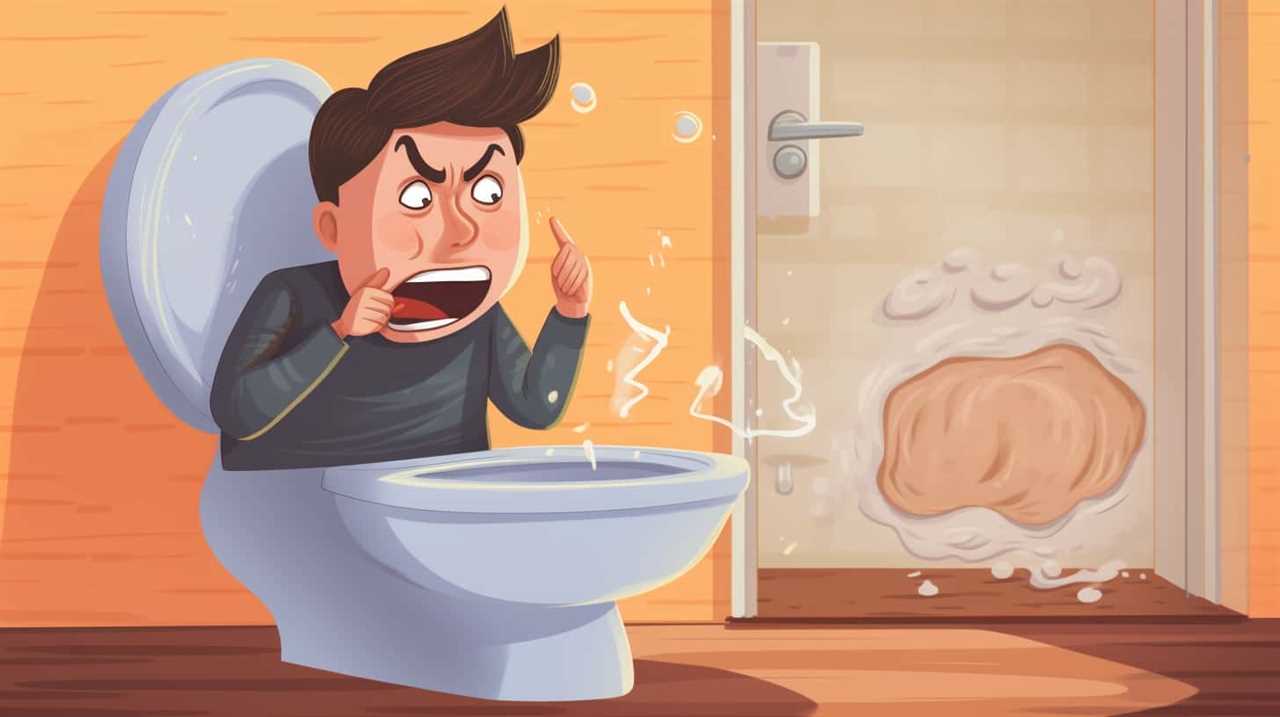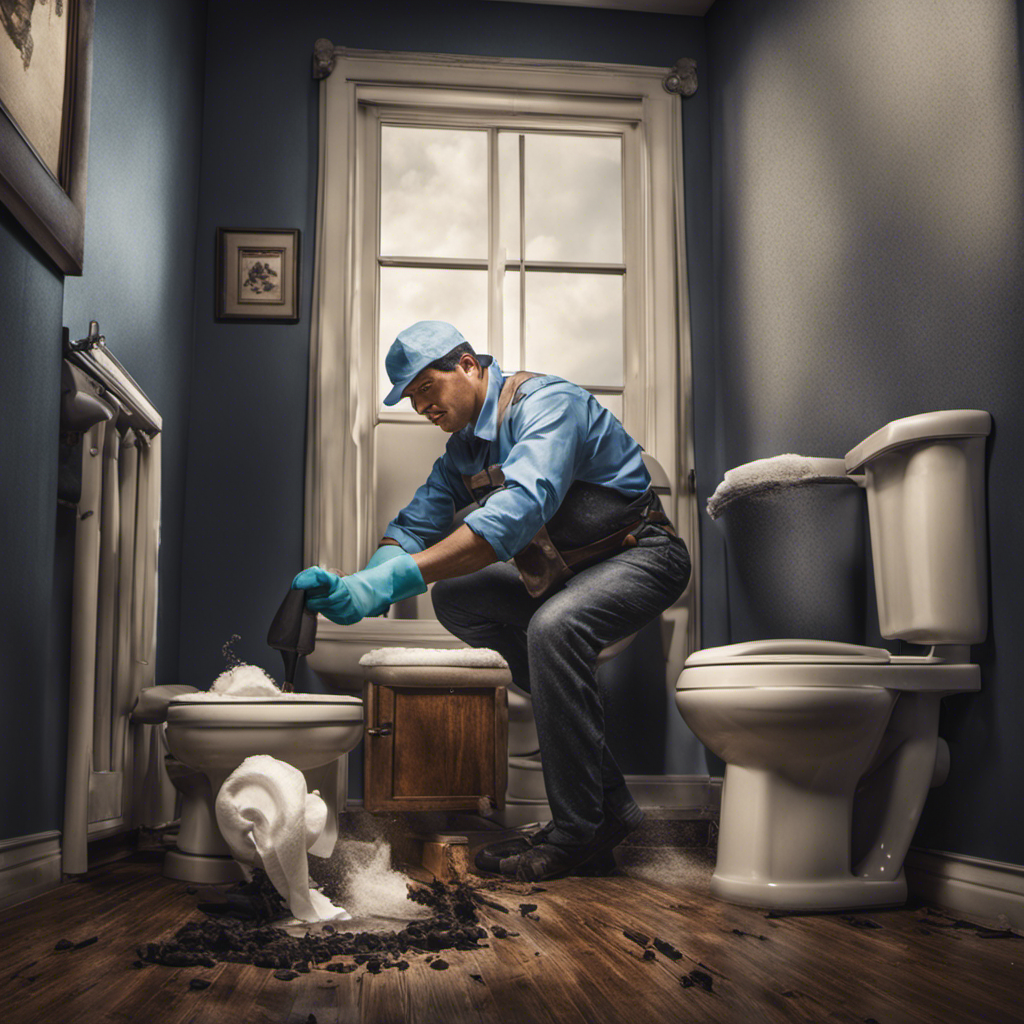Ever pondered whether disposing of a tampon by flushing it might cause your toilet to get horribly clogged? Worry not, as we have all the information you need.
In this article, we’ll dive into the anatomy of a tampon, explore the ins and outs of toilet plumbing systems, and discuss the factors that contribute to clogs.
We’ll also reveal the risks of flushing tampons and provide expert advice on how to properly dispose of them.
Get ready to master the art of tampon disposal and keep your plumbing running smoothly.
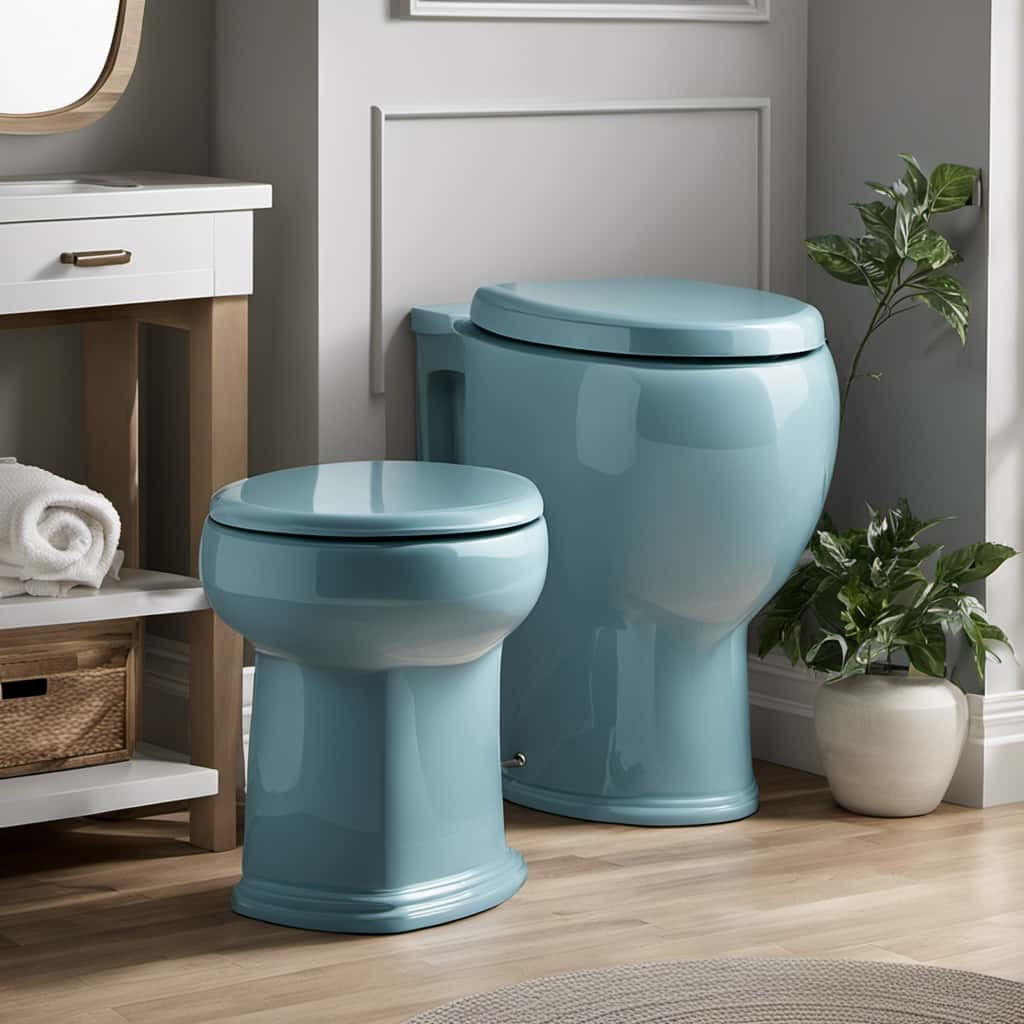
Key Takeaways
- Tampons made of materials like cotton and rayon can expand in size when flushed, potentially causing them to become lodged in narrow pipes.
- Flushing tampons can contribute to toilet clogs and damage to plumbing systems over time.
- Improper tampon disposal can lead to pollution in water bodies and harm aquatic life.
- Using a designated sanitary disposal bin is the proper way to dispose of tampons and prevent clogs.
The Anatomy of a Tampon
How exactly does the anatomy of a tampon contribute to its potential to clog a toilet?
Well, let’s dive into the intricate details of tampon design. Tampons are typically made of materials such as cotton, rayon, or a combination of both. These materials are chosen for their ability to absorb menstrual fluid effectively.
However, it’s this absorption capability that can lead to potential clogging issues. When a tampon is flushed down the toilet, it can expand in size as it absorbs water. This expansion can cause the tampon to become lodged in the narrow pipes of the toilet plumbing system, leading to a blockage.
Understanding the anatomy of a tampon helps us comprehend why it’s crucial to have a thorough understanding of toilet plumbing systems to prevent such clogs.
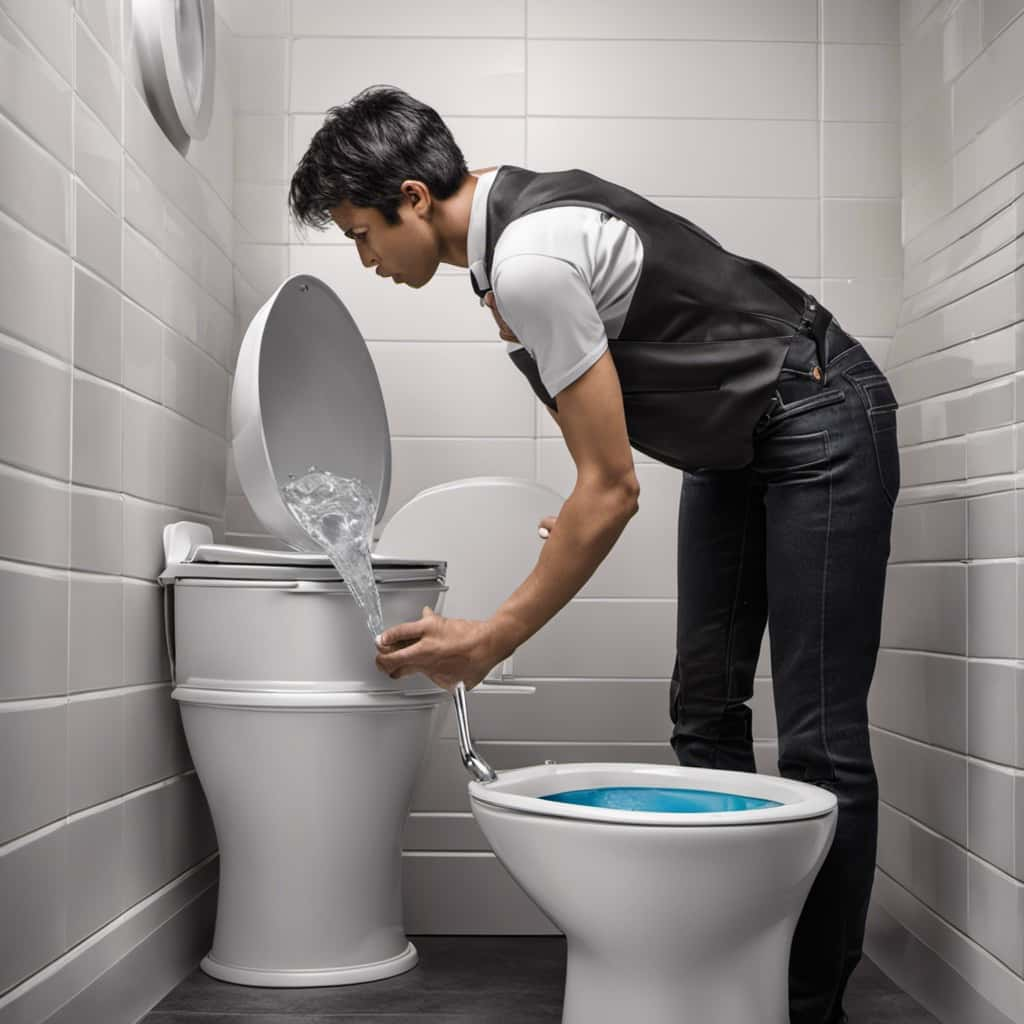
Understanding Toilet Plumbing Systems
To understand toilet plumbing systems, we must first familiarize ourselves with their components and functions. Here are three key elements of a toilet plumbing system:
- Toilet Bowl: This is where waste is deposited and flushed away. It’s connected to the drain pipe and sealed by a wax ring to prevent leaks.
- Flush Mechanism: The flush mechanism consists of a handle or button, a flapper valve, and a fill valve. When the handle is pressed or the button is pushed, the flapper valve opens, allowing water to flow from the tank into the bowl. The fill valve then refills the tank with water.
- Drain Pipe: The drain pipe carries waste from the toilet bowl to the sewer or septic tank. It’s important to ensure that the drain pipe is clear of any obstructions to prevent clogs.
Understanding these components and their functions is essential for proper toilet maintenance and troubleshooting common toilet problems such as clogs and leaks.
Factors That Contribute to Toilet Clogs
Toilet clogs can occur due to a variety of factors, including the presence of foreign objects in the drain pipe. While tampons are often cited as a common cause of toilet clogs, there are other factors to consider.
One major cause is the flushing of items that aren’t meant to be flushed, such as paper towels, wipes, or even excessive amounts of toilet paper. These items can accumulate and create blockages in the pipes, leading to clogs.

Another factor is the condition of the plumbing system itself, such as old or corroded pipes that are more prone to clogging.
In order to prevent toilet clogs, it’s important to only flush toilet paper and waste. Regular maintenance, such as using a plunger or drain snake, can also help to prevent clogs and keep the plumbing system functioning properly.
The Risks of Flushing Tampons
Flushing tampons poses certain risks that can contribute to toilet clogs and plumbing issues. It’s important to understand the potential consequences of improper tampon disposal and the environmental impact of flushing tampons.
Here are three key risks associated with flushing tampons:
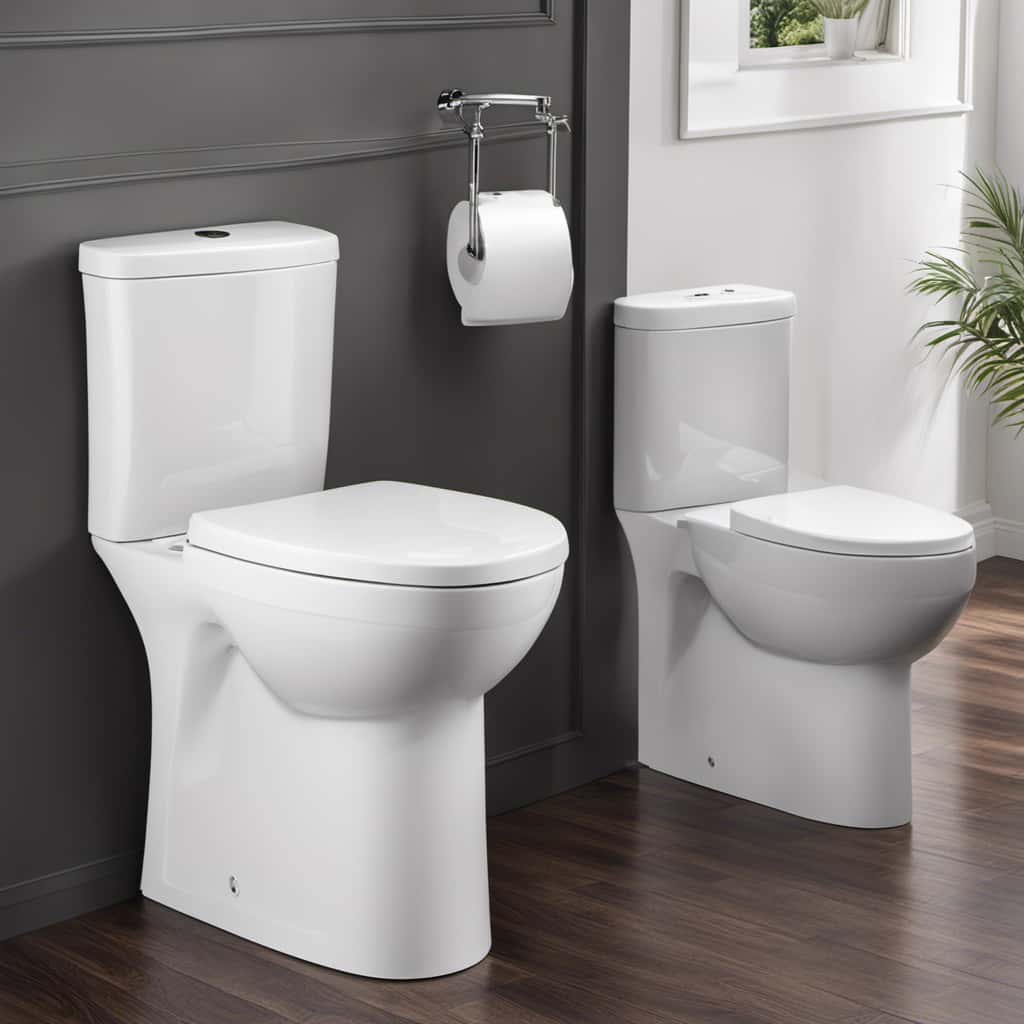
- Clogs: Tampons aren’t designed to break down in water like toilet paper. When flushed, they can accumulate in the plumbing system, leading to clogs that require professional intervention to fix.
- Damage to pipes: The materials used in tampons, such as cotton and synthetic fibers, can get trapped in pipes and cause blockages. Over time, this can lead to damage to the plumbing system, resulting in costly repairs.
- Environmental impact: Flushing tampons contributes to pollution in water bodies. The chemicals and materials in tampons can harm aquatic life and disrupt ecosystems.
Considering these risks, it’s crucial to properly dispose of tampons to prevent clogs and protect the environment.
How to Properly Dispose of Tampons
When it comes to disposing of tampons properly, we recommend using a designated sanitary disposal bin. Proper tampon disposal is essential to avoid potential plumbing issues and protect the environment.
Flushing tampons down the toilet can have severe consequences, both for your plumbing system and the environment. Tampons aren’t designed to break down easily, and they can cause blockages in pipes, leading to costly repairs. Furthermore, when tampons are flushed, they can end up in wastewater treatment plants where they can clog machinery and disrupt the treatment process. This can result in untreated sewage being released into water bodies, causing pollution and harm to aquatic life.
Frequently Asked Questions
Can Tampons Be Flushed Down the Toilet?
Tampons should not be flushed down the toilet. Flushing tampons can lead to toilet clogs and plumbing issues. It’s important to dispose of tampons properly in a waste bin to prevent any potential clogs.
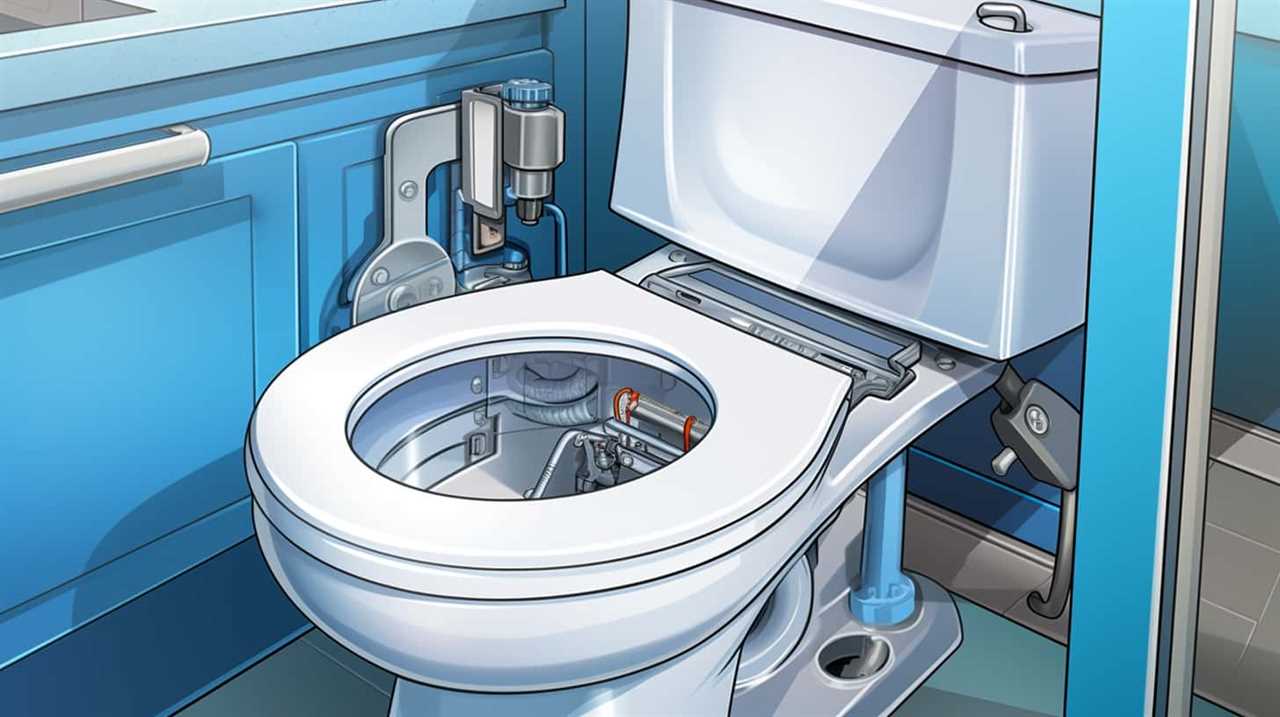
Can Flushing Tampons Cause Plumbing Problems?
Flushing tampons may seem convenient, but it’s a disaster waiting to happen. Tampons can wreak havoc on sewage systems, causing plumbing problems and costly repairs. Proper tampon disposal methods are crucial to avoid this mess.
What Are the Risks of Flushing Tampons?
The risks of flushing tampons include potential plumbing problems and the environmental impact of clogged sewage systems. We have experienced firsthand the consequences of disregarding proper disposal methods, leading to costly repairs and damage to the environment.
How Should Tampons Be Disposed of Properly?
Proper tampon disposal methods are crucial to avoid negative environmental impacts. We’ve learned that flushing tampons can lead to clogged toilets, but let’s focus on how to dispose of them correctly.
Are There Any Alternatives to Flushing Tampons?
When it comes to tampon disposal methods, there are eco-friendly alternatives to flushing. We’ve found that using biodegradable tampons or menstrual cups can be safer for the environment and reduce the risk of clogging toilets.
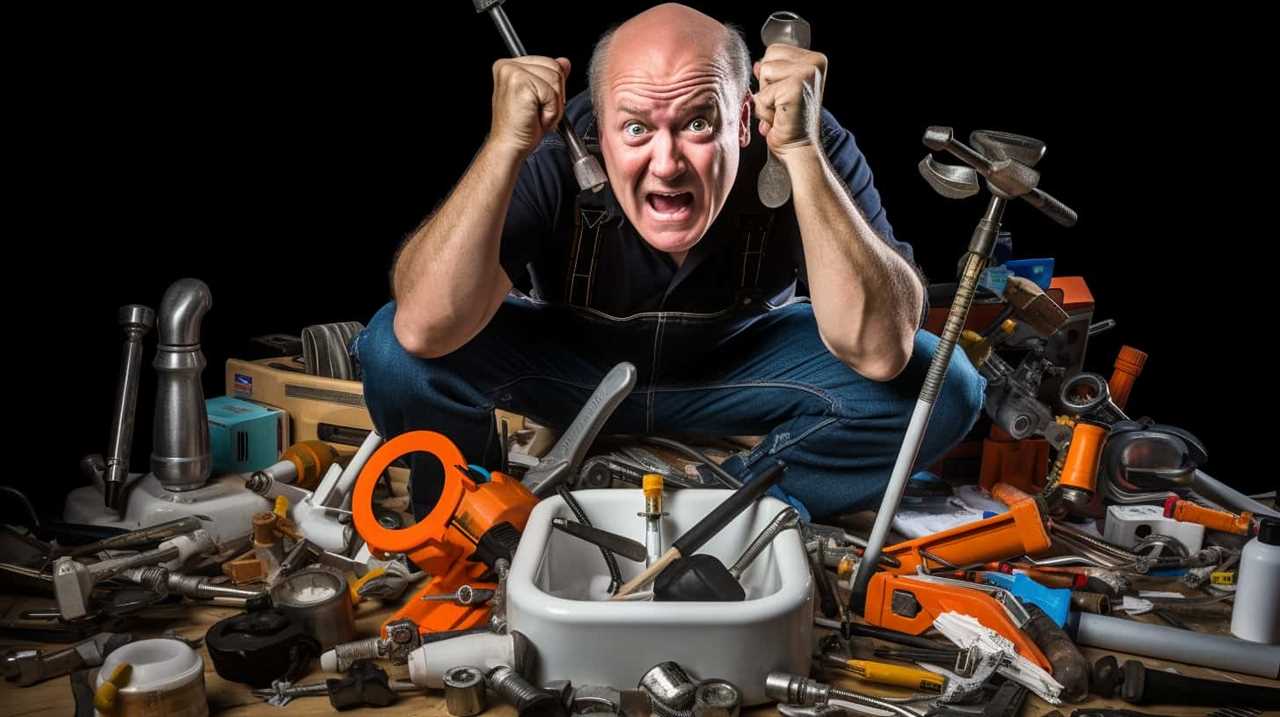
Conclusion
In conclusion, it’s highly likely for a tampon to clog a toilet if flushed down.
Tampons can easily become entangled in the plumbing system, leading to blockages and costly repairs.
In fact, studies show that tampons are one of the main causes of toilet clogs, accounting for approximately 15% of all plumbing issues related to flushing.
Therefore, it’s crucial to remember to dispose of tampons properly in the trash to avoid any plumbing mishaps.
